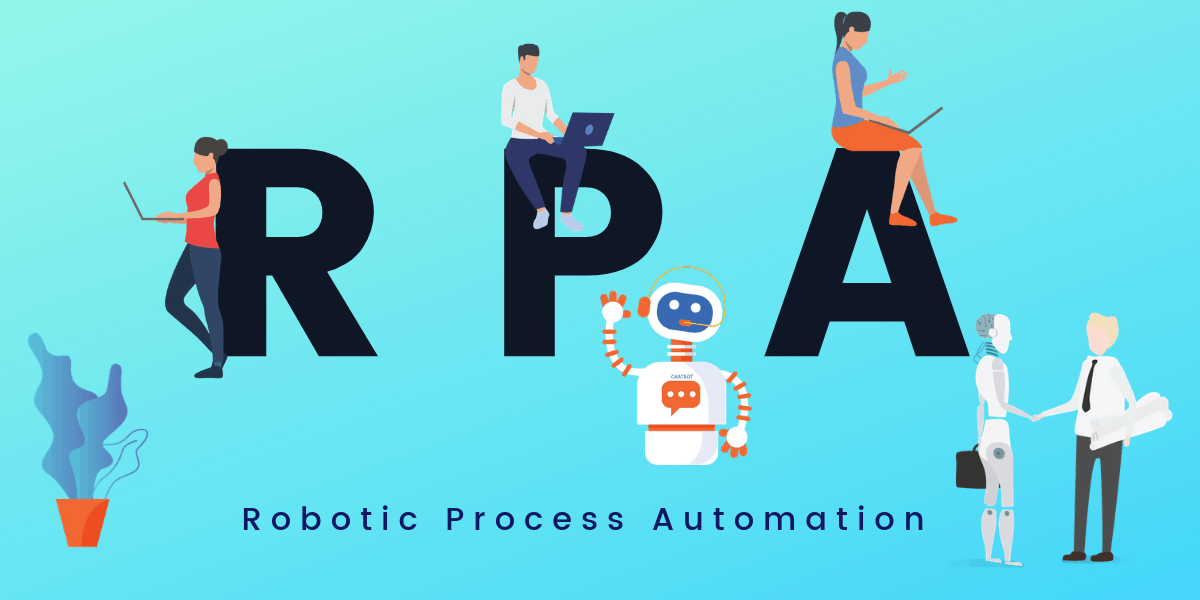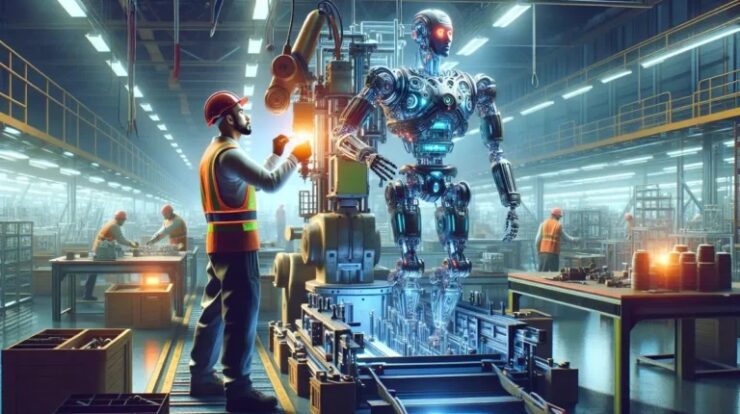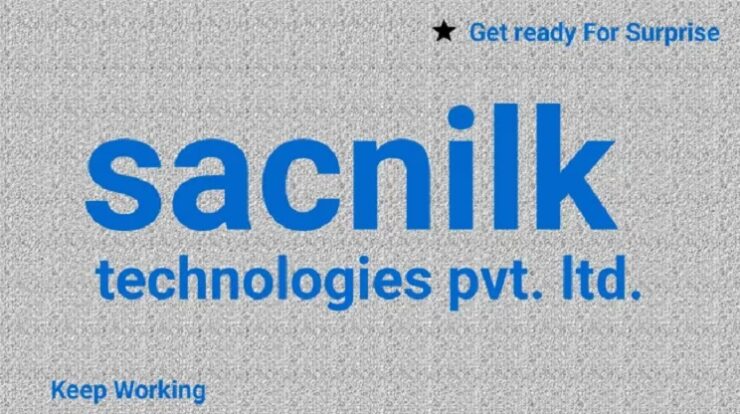
As IT firms strengthen up for the new glorious year of 2020 as the current pandemic will force everyone to stay dependent on technology.
Many IT companies are making their ways of bringing new apps and websites which makes the task easy for the company.
Apps and websites are targeted to be designed in such a way that improves the business practices of an organization and helps in eradicating all the pros and cons of the existing app and websites.
O yes! RPA – the word itself appears so catchy and is captivating.
Every firm and industry has an eye on AI if we talk specifically then it is Robotic process automation (RPA).
This sub-cluster of AI provides IT firms to construct Software Robots to apprehend data to carry out daily tasks.
RPA is gaining momentum as an excellent start with goal-oriented AI implementations. RPA is becoming one of the most popular shots and is likely to flourish for the next few years.
Now Let us Discuss The Top Trends in RPA
1. Greater RPA vendor differentiation insights will emerge.
- Companies now have a wide range of options from over 150 RPA- branded products.
- They all are designed for different purposes such as productivity claims, designs, quality and methods.
- To understand RPA and its usage it is important to understand the technical annoyance.
- A crystalline distinctive of RPA products will start to make their appearances this year.
- There are 2 major categories of vendors:
- Those vendors which provide quick and prudent advantages over desktop circumstances.
- Those who deliver tactical alterations over a large company.
2. New RPA selection Criteria.
- How RPA should be adopted is the major question that gets the attention of major companies who are planning to implement it.
- Analyzing RPA before its implementation just to cope up with the speed is not relevant as the ability to operate, adjust in demanding and large scale enterprises is a big question.
- With speed and automation, dependence and adjustability are the other aspects which a business owner looks into before using AI.
- RPA vendor selection category will contemplate more relevant real-world insights.
- The required overall coding from zero to high effort, proof of concept after proof of value, potential scalability and collaboration, robot capabilities, overall security and suitability capabilities.
- The insights mentioned above will provide companies and large-scale enterprises to assume and predict the market with RPA selection and ignore the issues which the companies faced before the implementation of RPA.
3. Better measurements of RPA’s value.
- The experiences and results of RPA user organizations will observe meaningful ways of measuring the whacks of RPA. These further includes:
- New service and product offerings
The services which were earlier impossible to perform or were not performed in a significant and secure way.
- Increased productivity
How much time is actually spent on business activities?
- How service quality and delivery gets improved.
Faster, error-free, execution and speedy time to market, reduced risks related with lengthy return times.
- Accelerated, Innovation and opportunity generation
How business owners will utilize technological capabilities and additional capacity to create new merit-generating services and products.
- Operational Transformation
How actionable perceptions from automated process transaction data are being taken into account to optimize, reinvent business processes that enhance experiences and helps in creating long term value.
- Happier and motivated staff
Such technologies provide employees with a sense of belongingness and they work more efficiently, intellectually and professionally in a challenging environment.
4. RPA becomes AI enabler
- Throughout this decade, RPA will further take a drift towards hyper-automation.
- Deploying artificial intelligence, natural language processing, intelligent optical character recognition, communication analytics, process optimization and machine learning into a company.
- Assessing and downloading a broad range of Pre-built AI, cognitive and disruptive technologies through digital application exchanges.
- These exchanges will produce a one-stop-shop for building out, scaling and adding skills to digital workers with access to be more creative from partner eco-systems.
5. Clearer differentiation of digital workers and Robots.
- A massive understanding of the differences that exist between robots in the market and their potentiality is the most important catalyst for enterprise transformation.
- The robots rely on steps on the recorded process to complete the tasks but are not able to adjust if there is any change in it. These are more advanced digital workers than humans.
- The digital workers are different from robots because they are pre-built, smart, highly productive and much more and they access the same system of AI.
- Without APIs, they are even capable of the automation process over past, present and future apps.
- Digital workers perform activities that are the same as humans.
- Digital workers learn and process things faster and accurately from humans and other robots.
- Digital workers will work along with humans and digital workers to perform more complex tasks and end-to-end activities.
6. RPA focus on the more strategic use cases
- The hierarchical structure of the organization along with its strategies and other technologies will be the core point of discussion for optimizing the workflow and automated end-to-end processes.
- The enterprises will also search for a broad chamber of process discovery, process mining, automation and data ingestion to deliver the most valued complex business activities.
7. Customer’s interaction with RPA
- Many companies are using this RPA technology where customer interaction is being dealt with RPA.
- The travel and tourism industry is using this technology to cancel the bookings and even schedule a refund; these are the two tasks that were earlier performed by humans.
- The activities get processed in such a way that humans interact with chatbots do not have any idea with whom are they having a conversation.
8. RPA will be a positive investment
- It is been found out that the cost of transactional processes has been reduced with the help of RPA.
- When such technology curbs the cost and provides the desired results it is likely to gain momentum.
9. More strategic approach
- Over the year 2020, automation will become more planned, modelled and custom-designed to deliver the perfect value to the company.
- The key factors of achieving success will include and integrate RPA into a digitally transformed strategy, alignment and stakeholder support and process optimization.
- Other factors include partnering with IT and external partners, developing expertise in automation and process optimization, clear governance and models, a centralized framework for IT infrastructure and architecture.
10. RPA will be a billion-dollar industry.
- RPA will become a market where IT managers will process the raw data to smoothen business operations.
- Companies like UiPath and blue prism are the leading RPA solution providers.
- More than 70% of the giant business leaders have executed their plans and ways to integrate RPA to bloom their business operations.
Summing up
It won’t be that easy for all the businesses to change their methods of operation after the invention and implementation of AI in their firm.
It would turn out to be more challenging for the companies to specifically target AI and choose those areas where AI can be proved beneficial and advantageous.
Implementation of RPA is the most affordable way to deal with cognitive technologies.
RPA can be the best way for all companies to test something in the world of AI.
About the Author:
Parth Patel is a serial entrepreneur and CEO of SyS Creations. He has mastered RPA Development. Operating the IT Infrastructure of SMEs and startups keeps him on his toes and his passion for helping others keeps him motivated.


